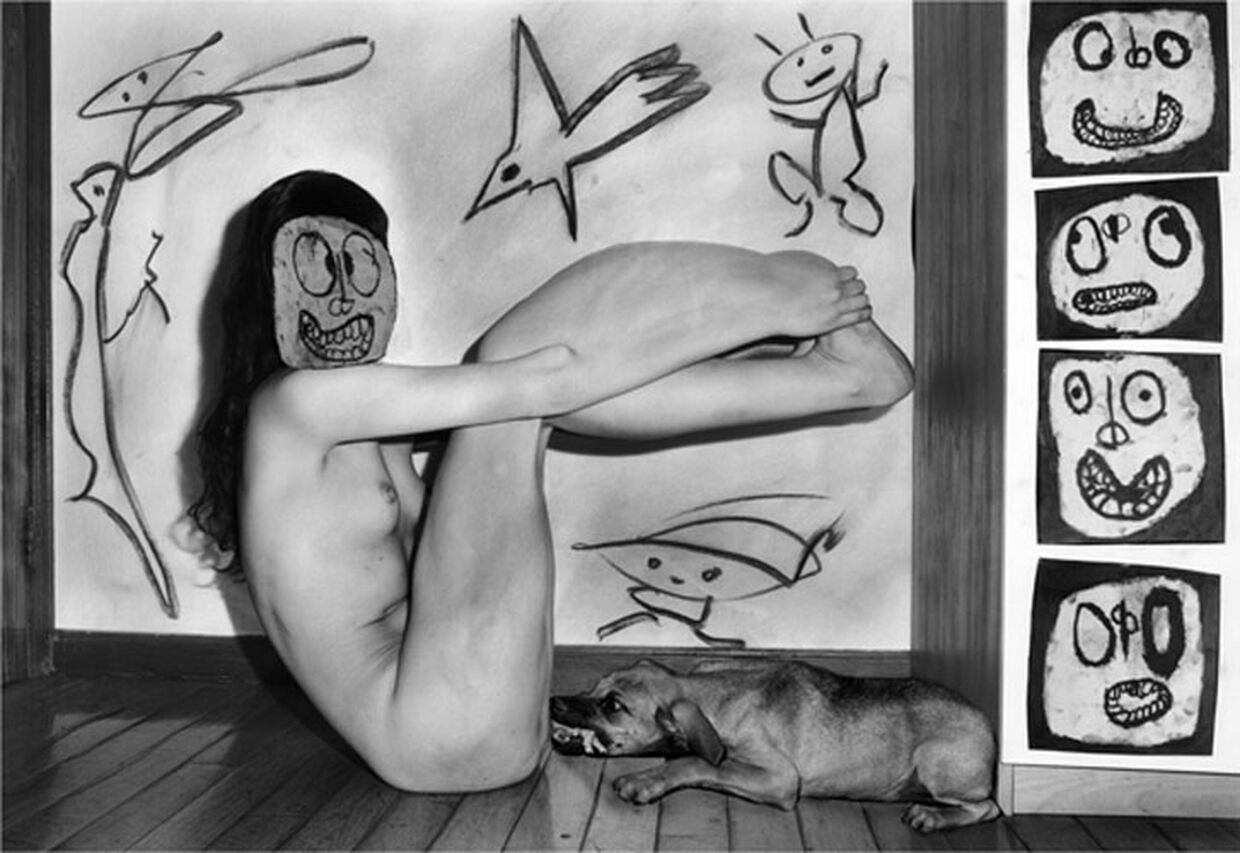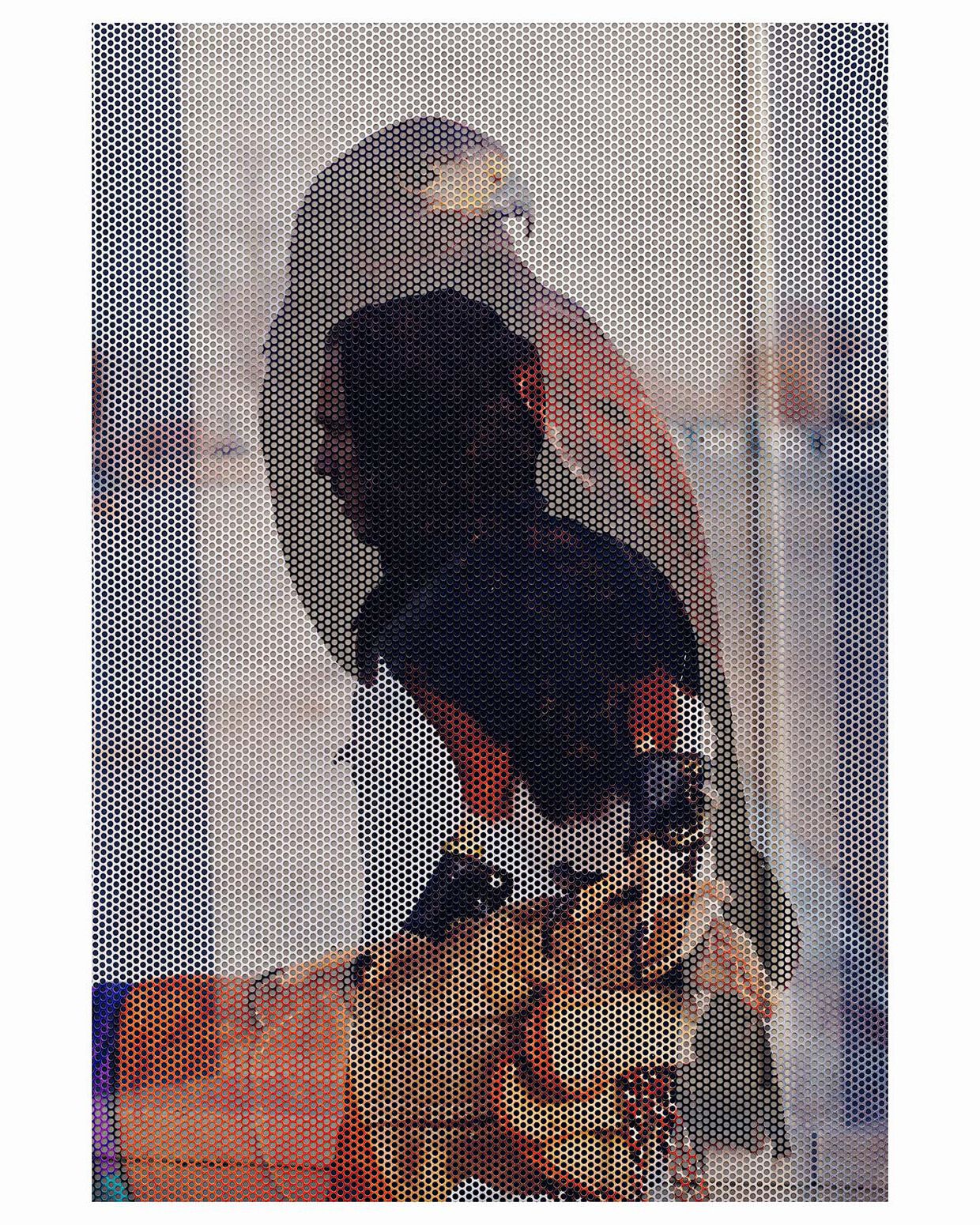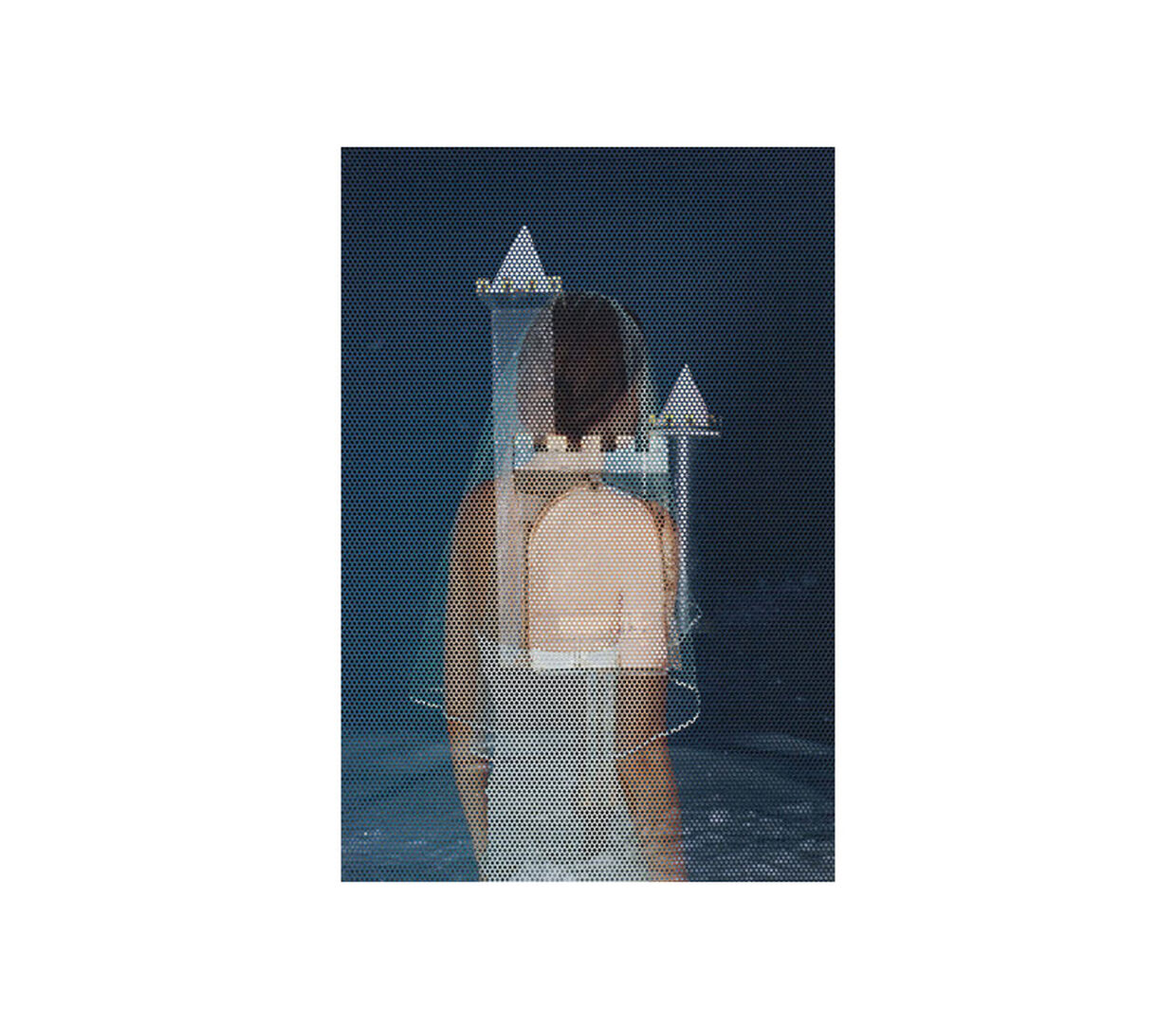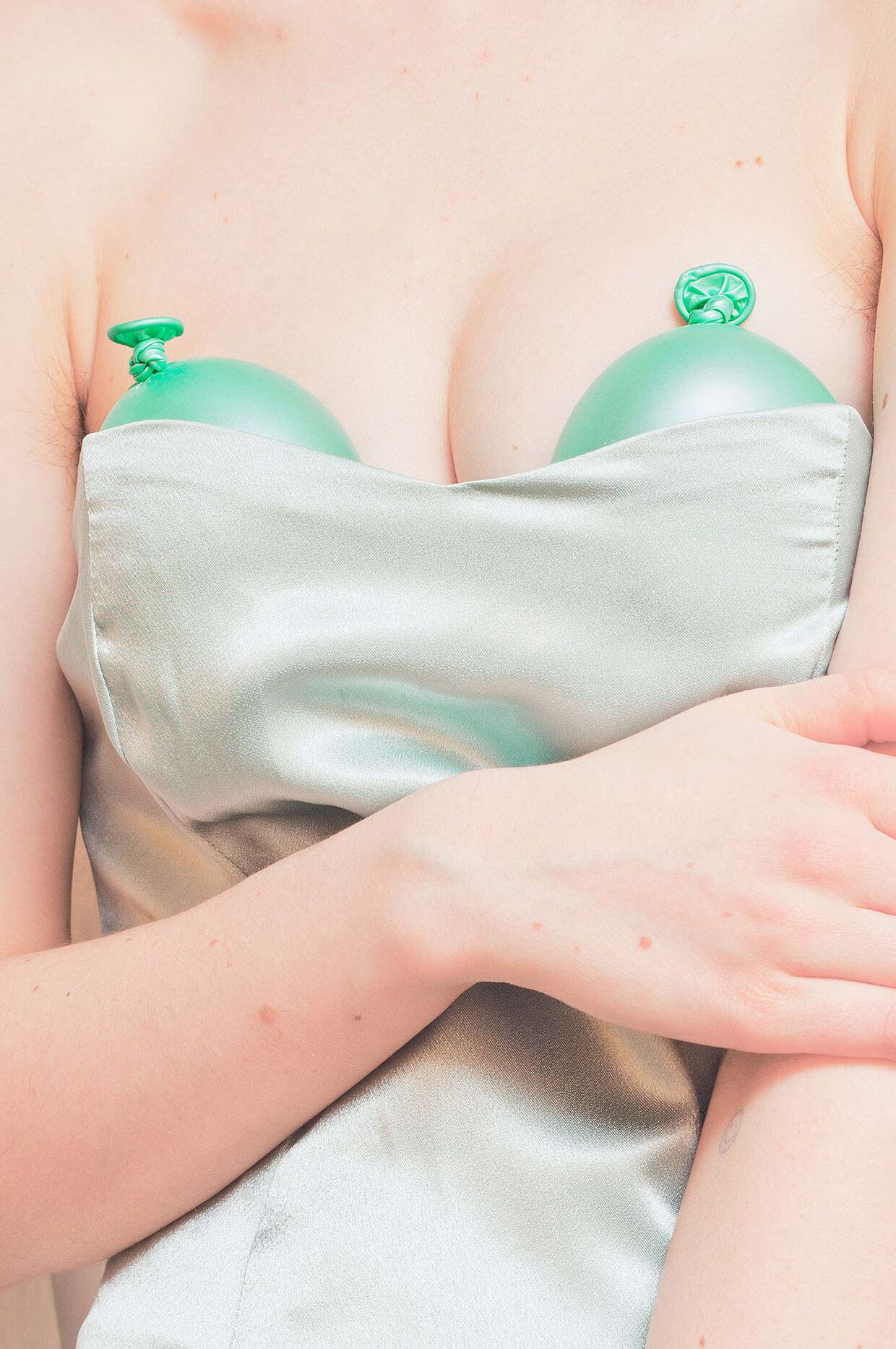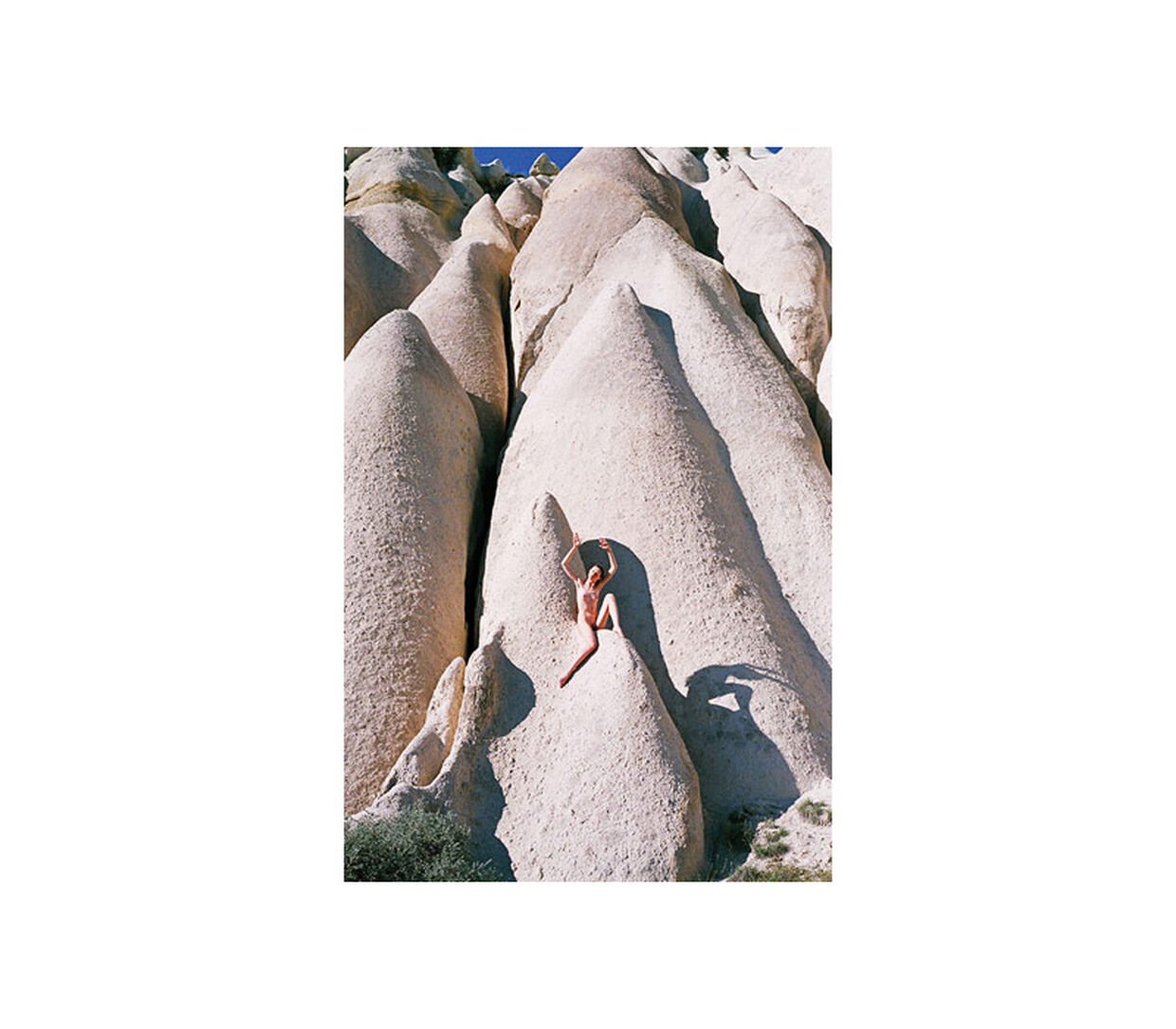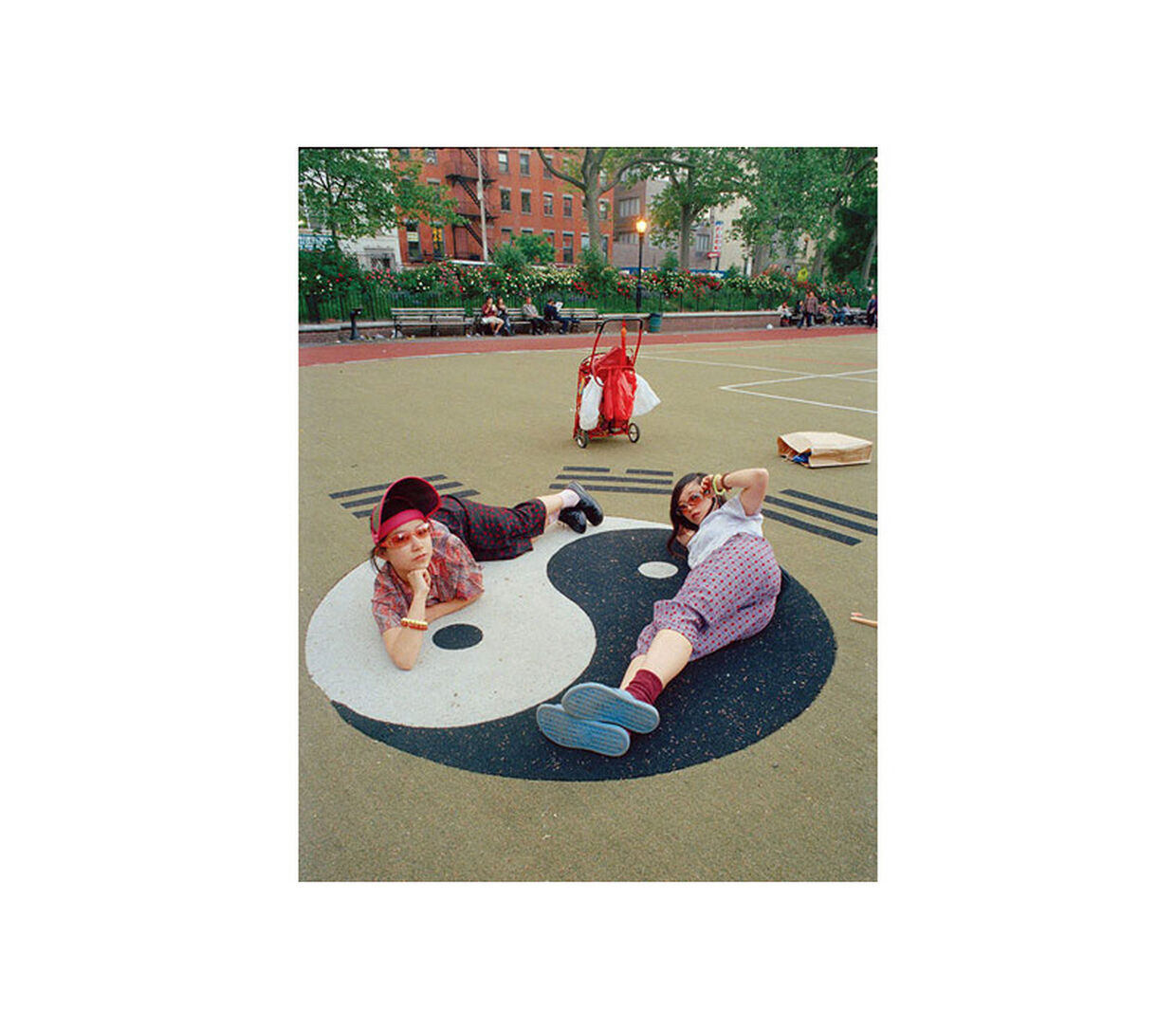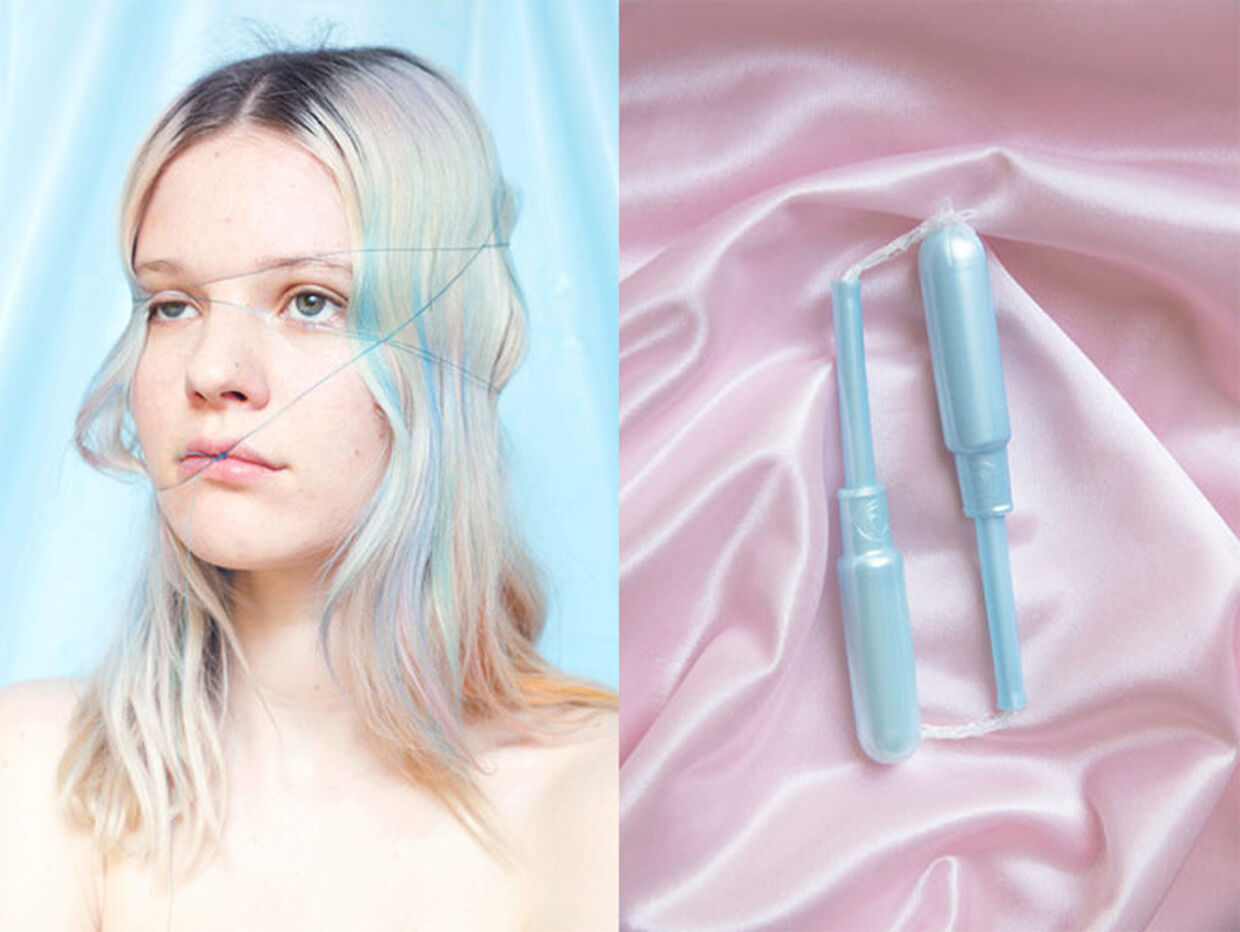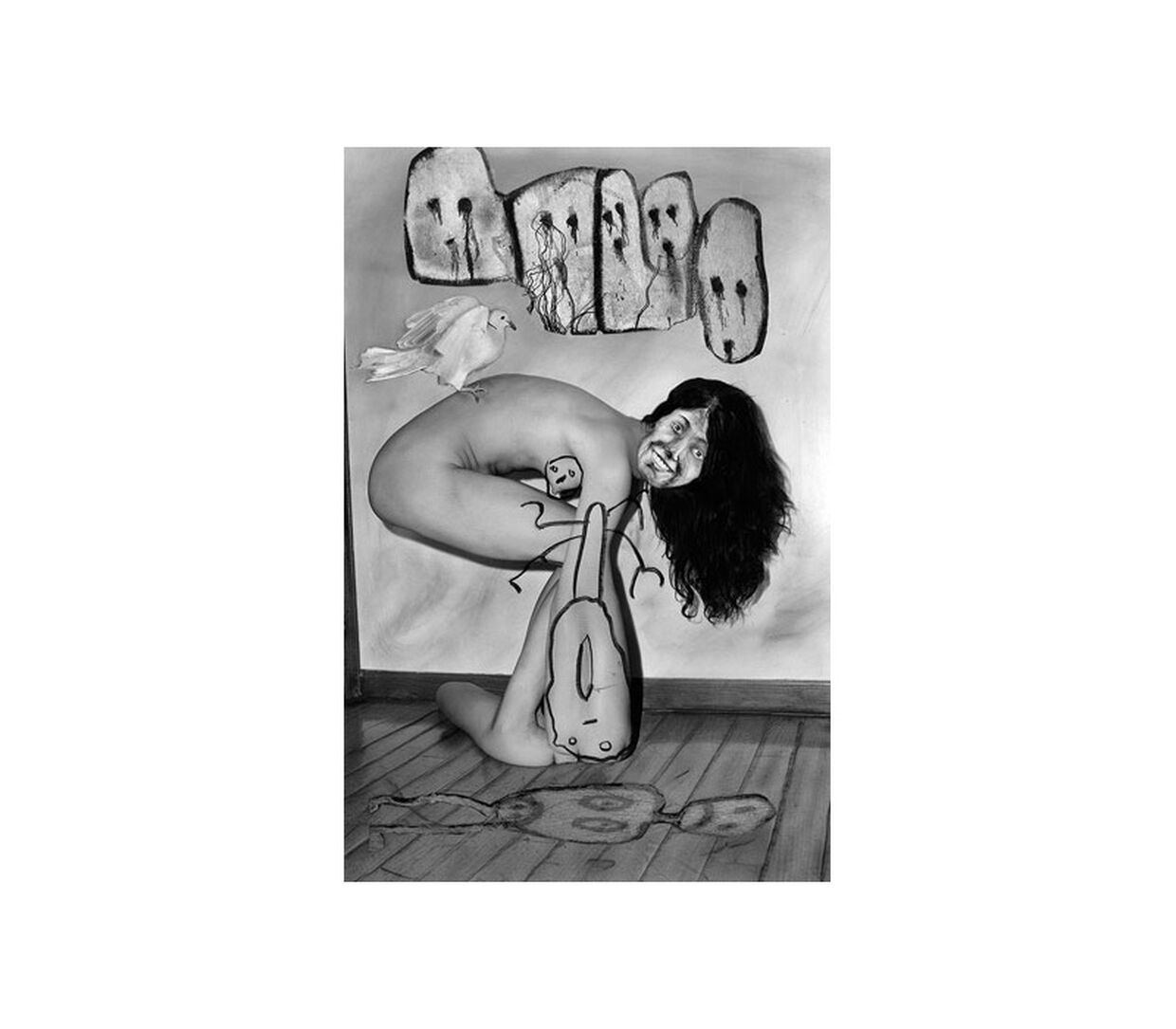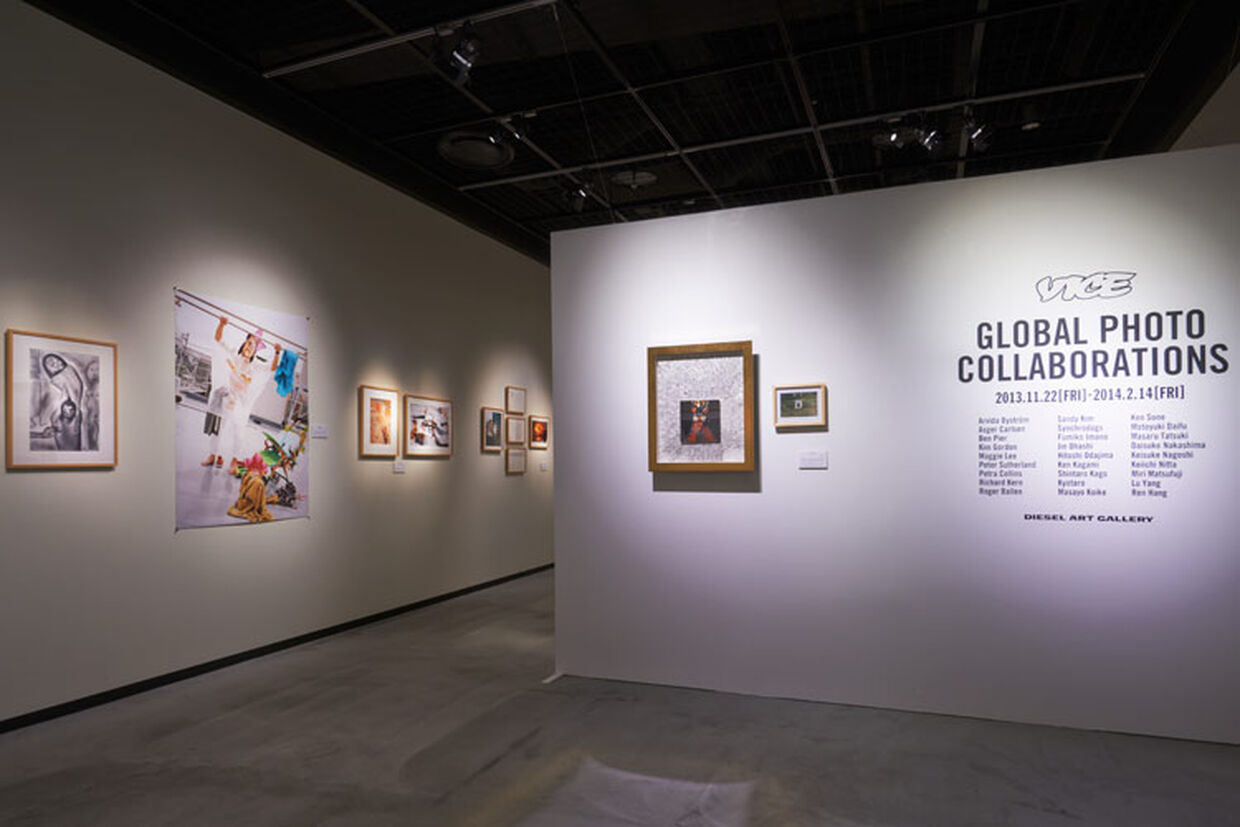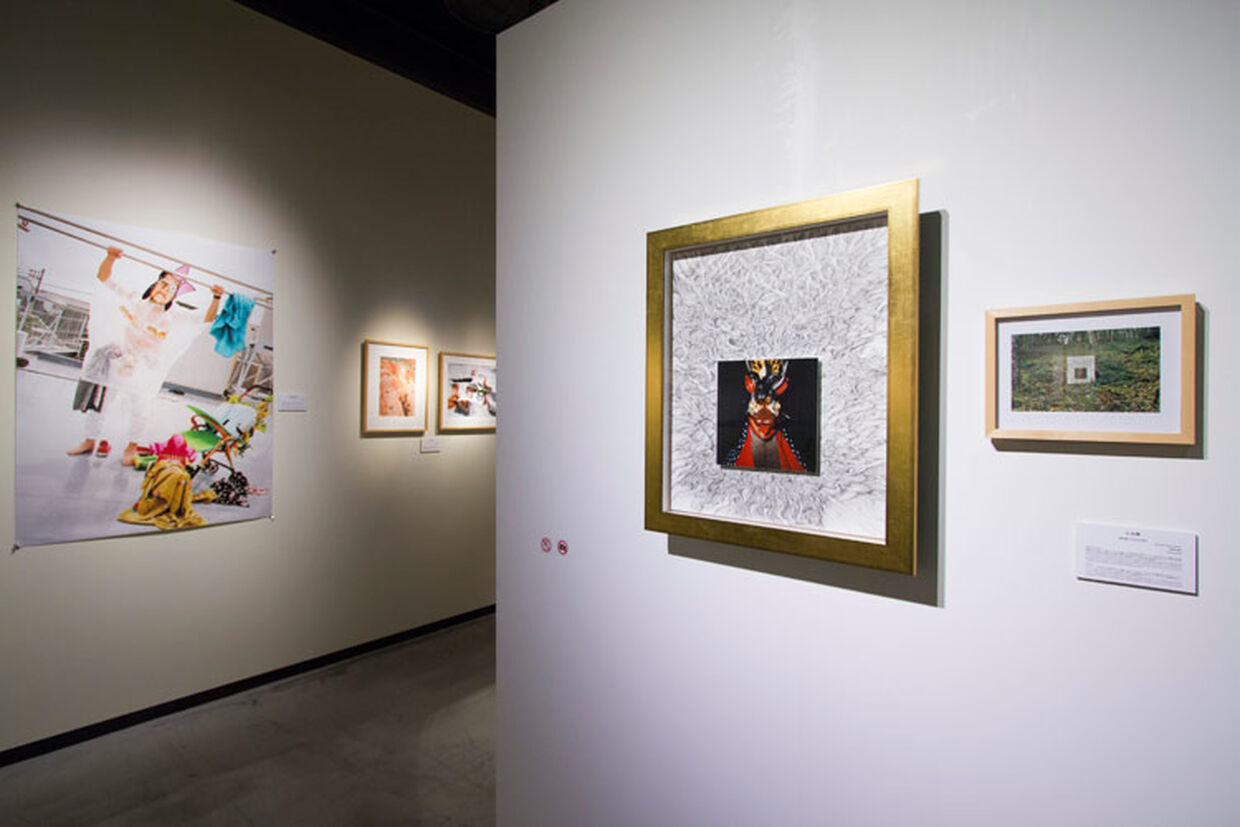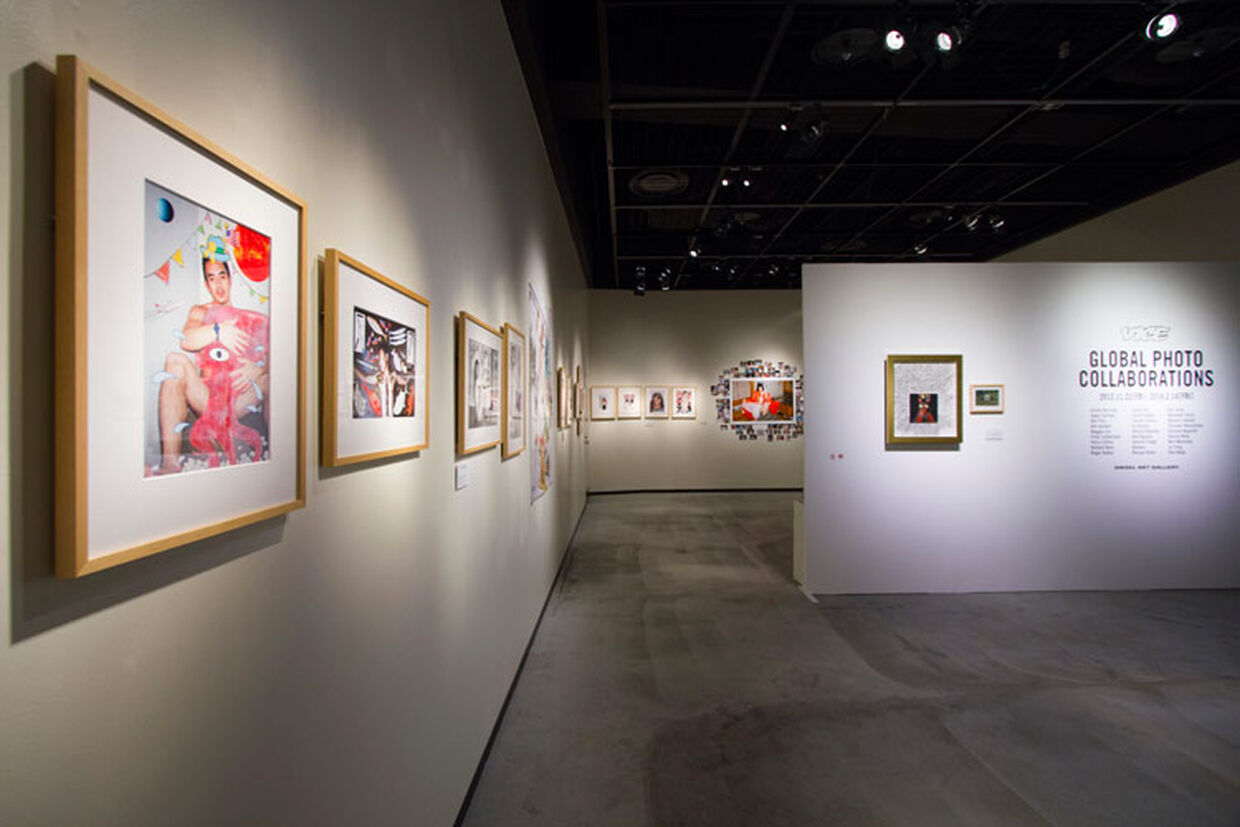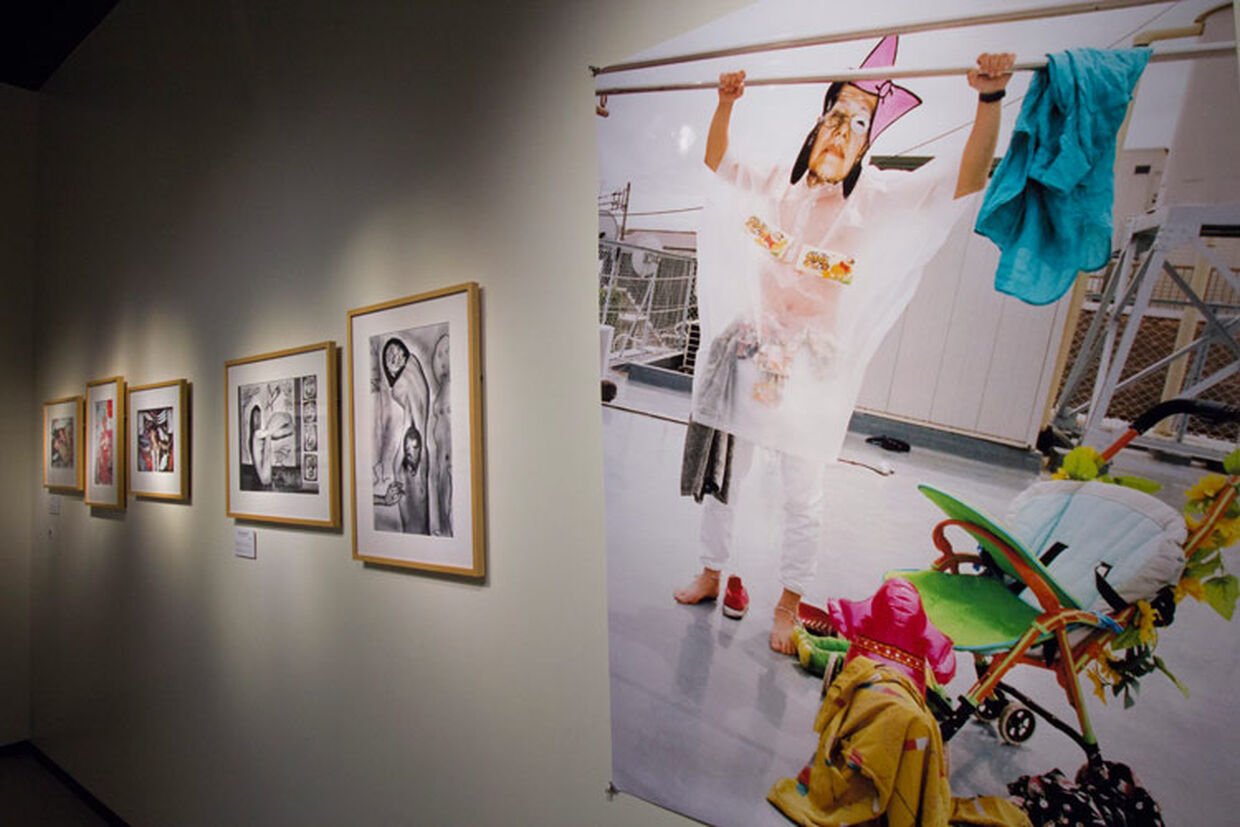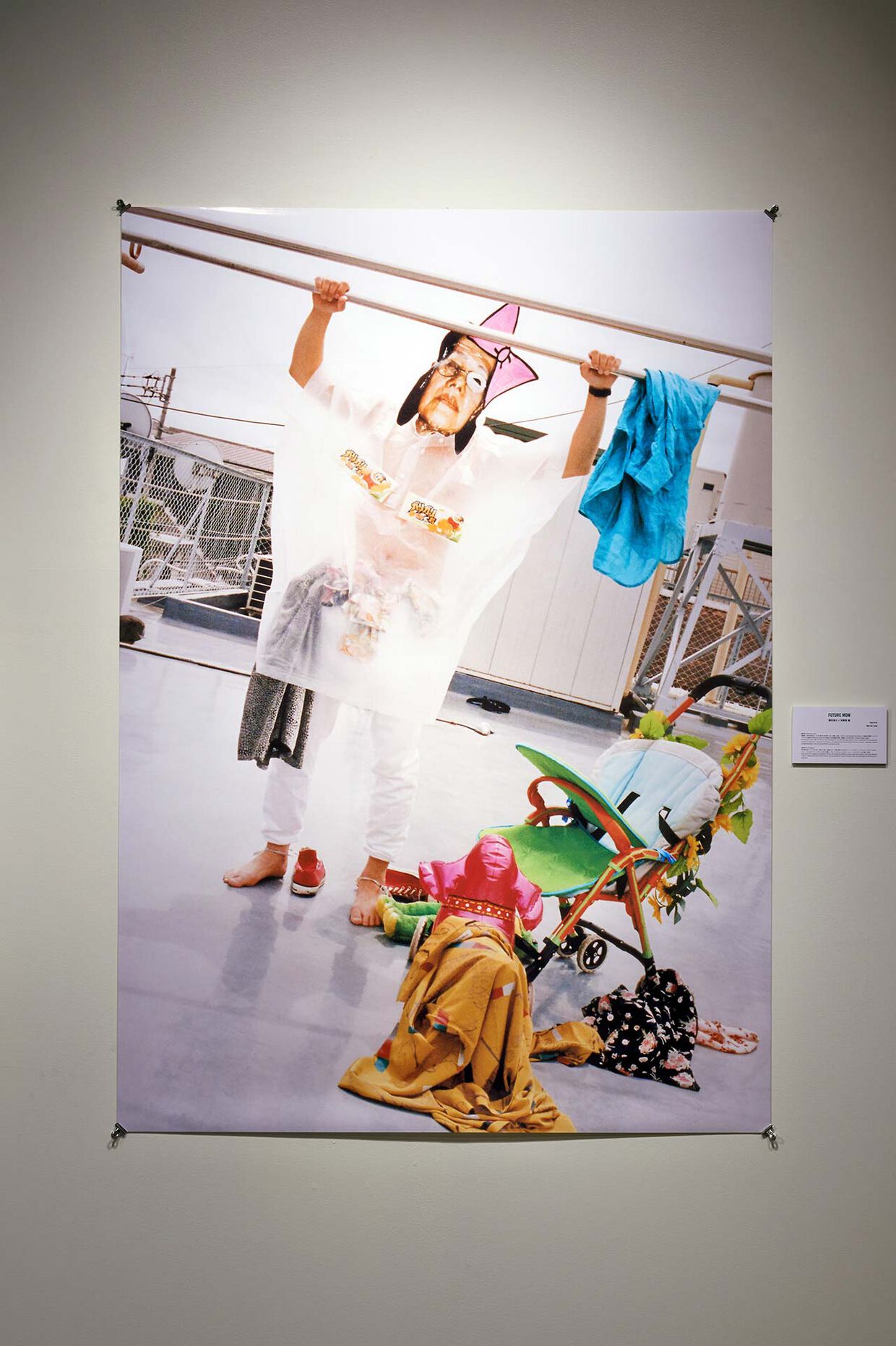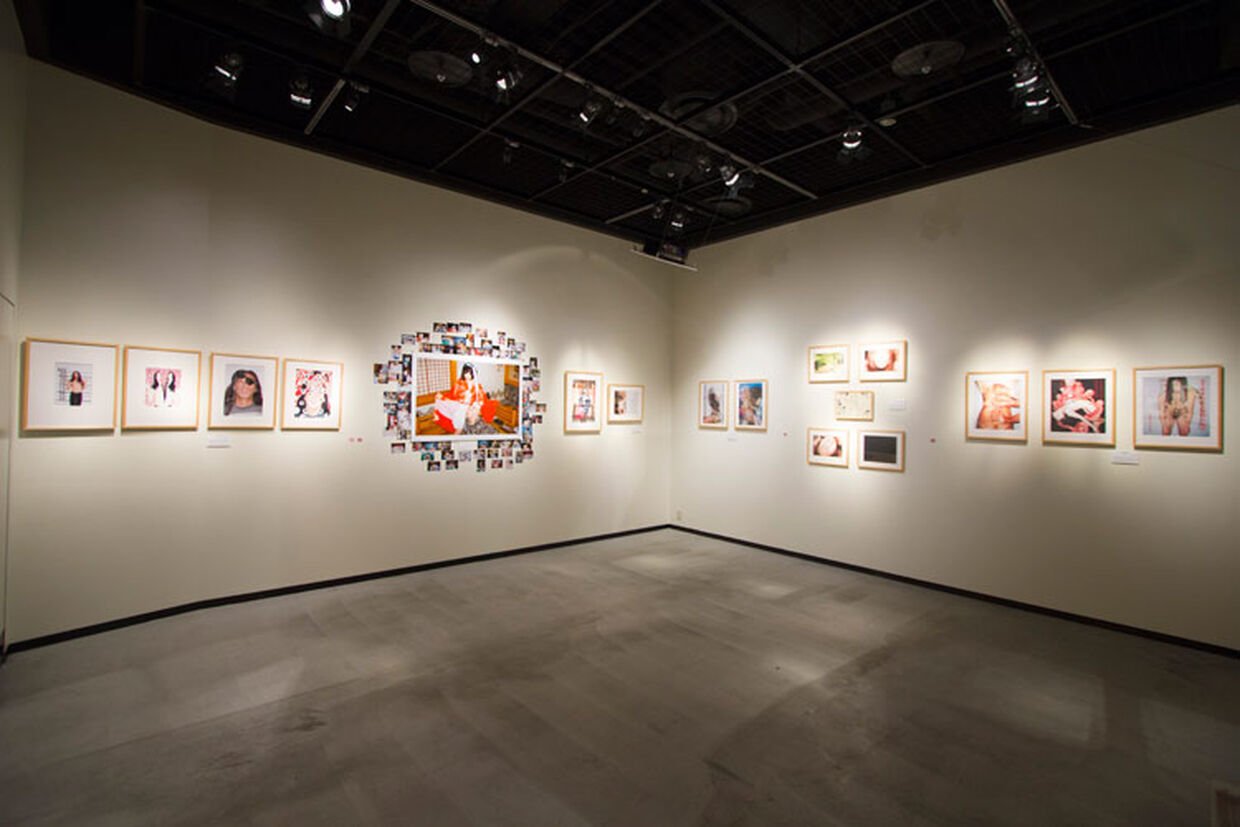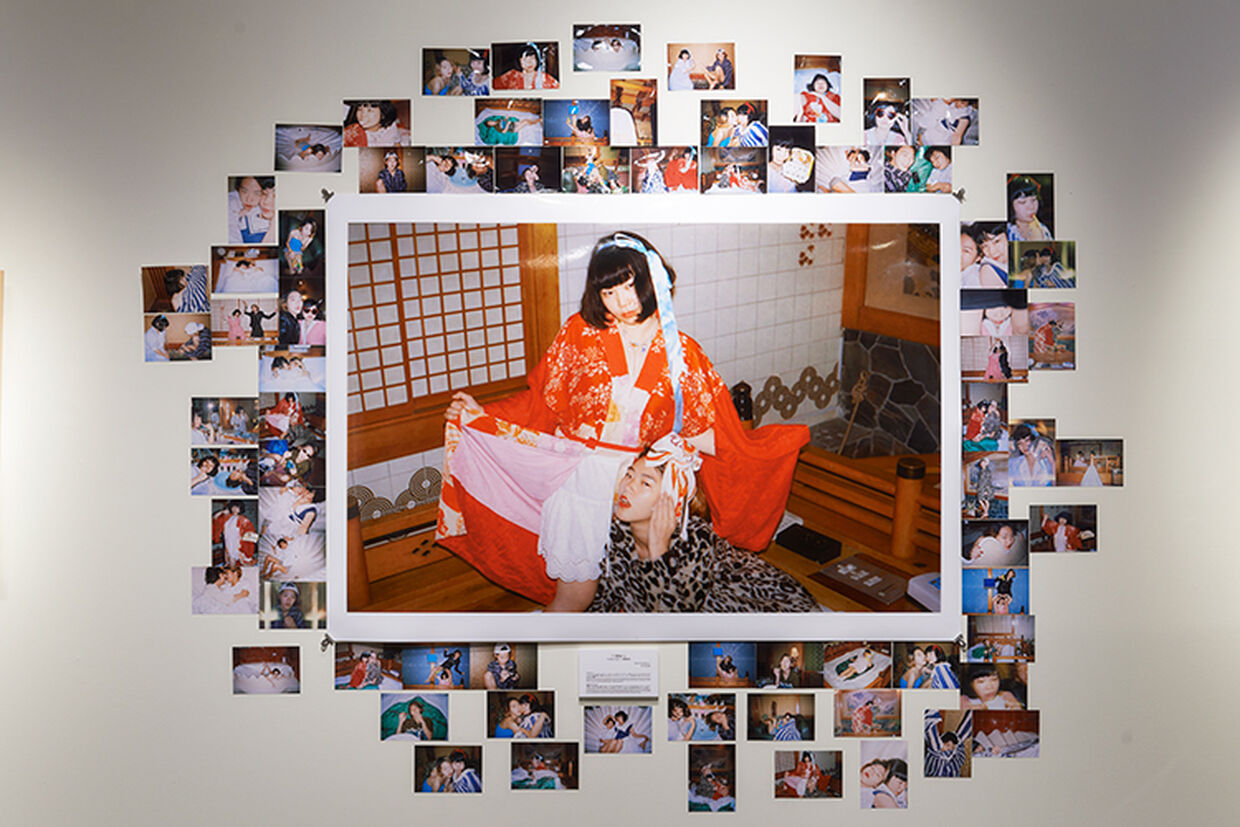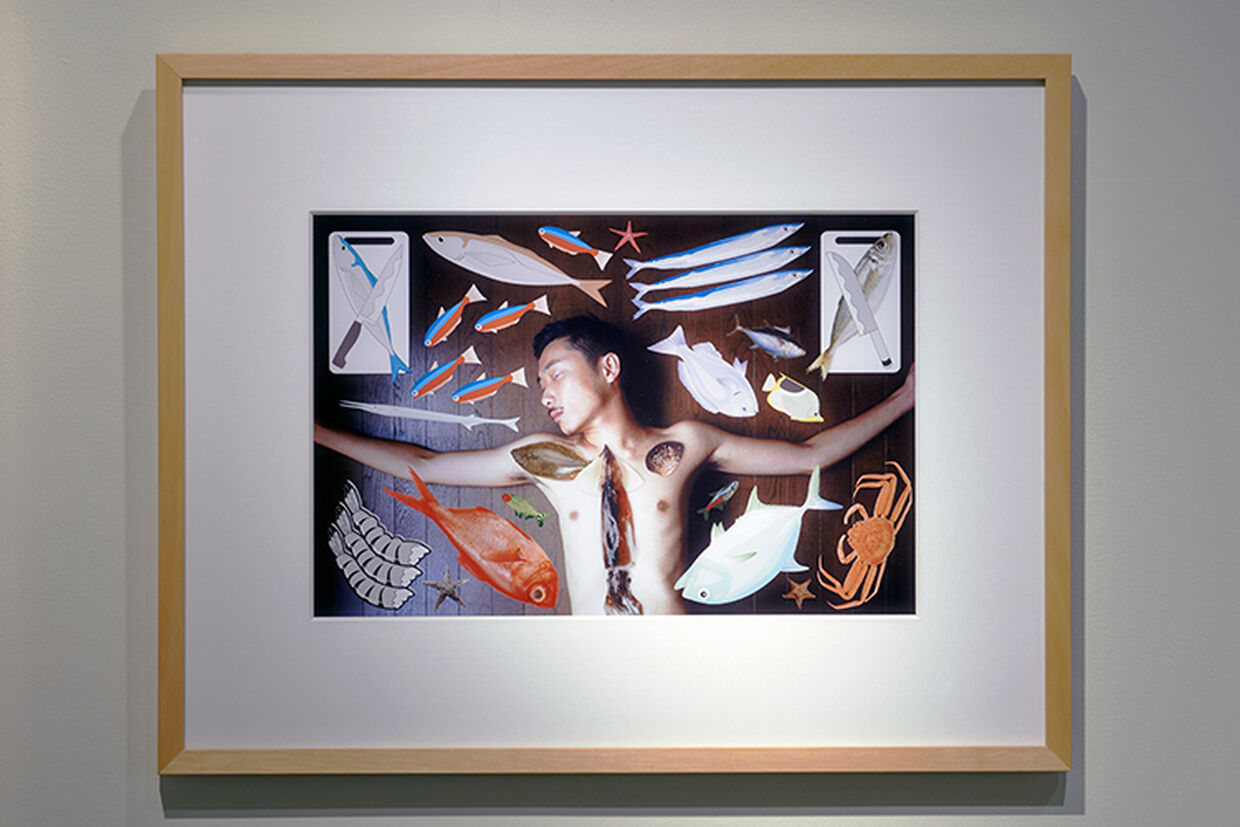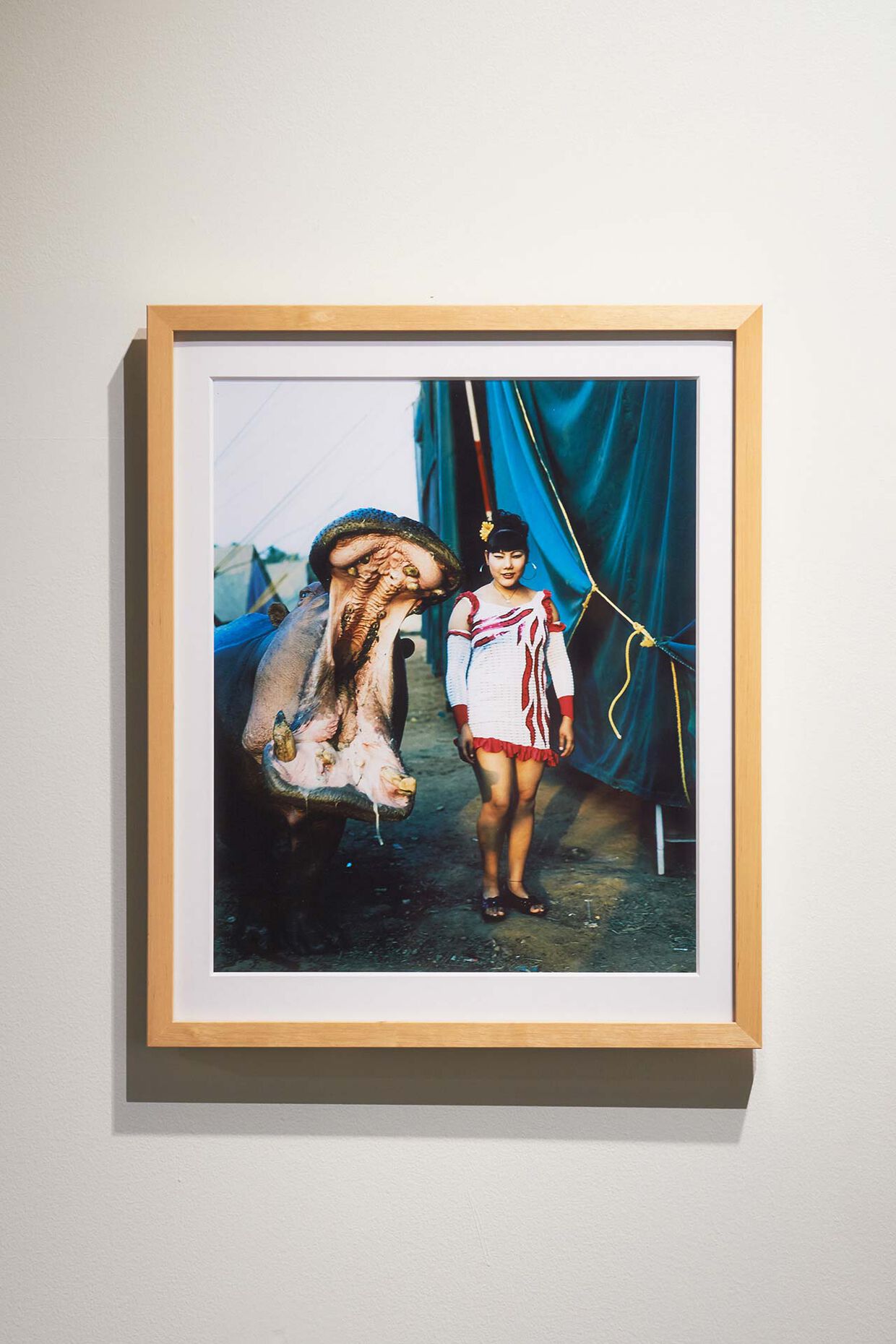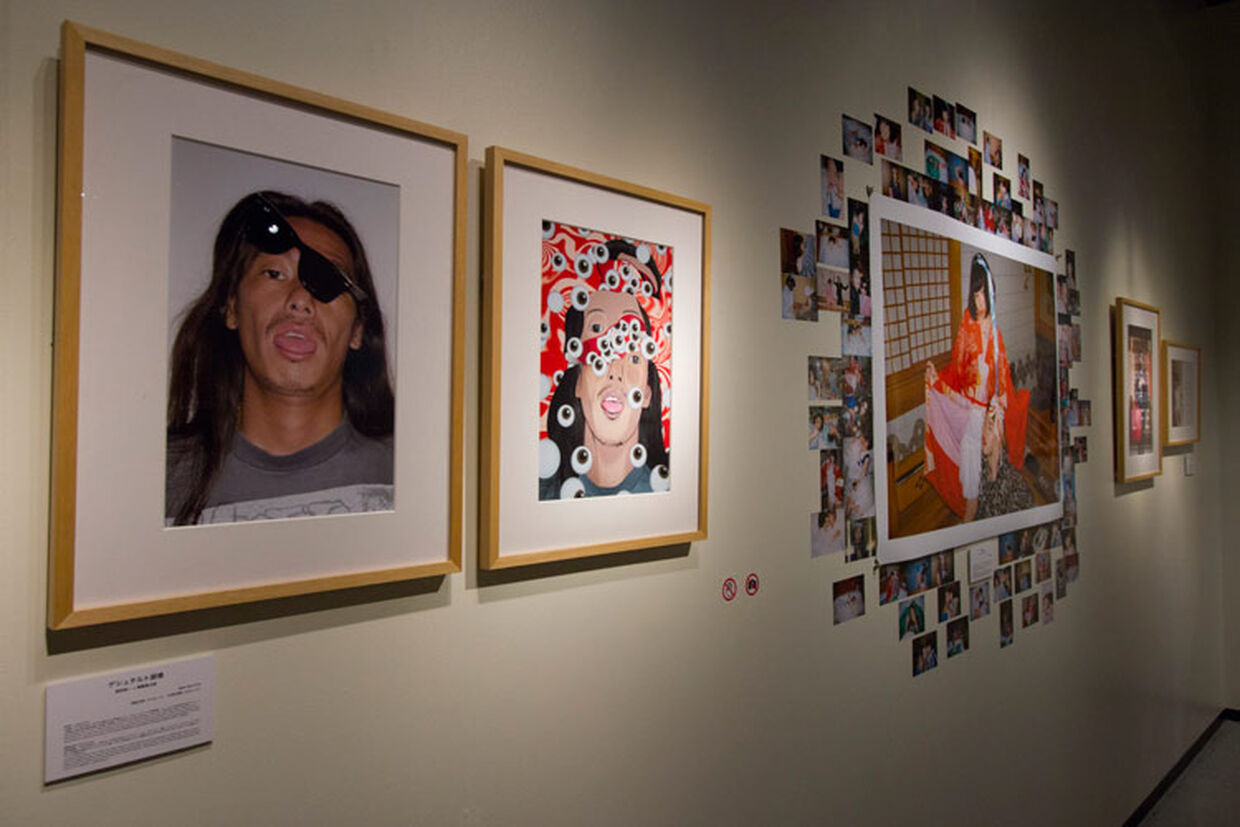VICE JAPAN
www.vice.com/jp
https://www.instagram.com/vicejapan/
VICE, a global youth company that operates in 35 countries, originally launched VICE Magazine in 1994 as a free magazine in Montreal, Canada. The magazine’s acerbic language and outstanding uniqueness has generated a huge youth following. 20 years later, VICE has expanded into a leading media company with divisions including VICE Magazine (published in 25 countries worldwide with a circulation of roughly 1.1 million), a website (VICE.com), a music channel (Noisey), a global art project (the creators project), a technology channel (Motherboard), and a channel dedicated to MMA’s fight culture (FIGHTLAND). VICE also has an official YouTube channel. The VICE JAPAN YouTube channel has attracted over 10 million views and over 80,000 subscribers.
Arvida Byström
arvidabystrom.se
https://www.instagram.com/arvidabystrom/
Artist. Born 1991 in Stockholm. Bystrom’s cutesy, girly photographs have attracted female fans worldwide. As well as being a regular contributor to VICE Magazine, she also models for the likes of Urban Outfitters and Top Shop.
Asger Carlsen
www.asgercarlsen.com
https://www.instagram.com/asgercarlsen/
Photographer. Born 1973 in Denmark. Known for his uncannily doctored black-and-white photographs that simultaneously appear elegant and grotesque. Titles include Wrong and Hester.
Ben Pier
www.benpier.com
https://www.instagram.com/ben_pier/
Photographer. Born 1980 in Missouri, U.S. Pier grew up in his hometown of Missouri before attending Columbia University to study documentary photography at age 19. Currently based in New York, he shoots for clients such as SONY, HTC, and American Express.
Kim Gordon
https://www.instagram.com/kimletgordon/
Musician, artist, designer. Born 1953 in the U.S. Bassist of legendary nineties alternative band Sonic Youth. In addition to her music career, Gordon’s creative endeavors include launching her own fashion line and working on film projects.
Maggie Lee
Photographer. Born 1987 in New York. Lee was raised by a magician father and contortionist mother. She has shot fashion features and a front cover for VICE Magazine.
Peter Sutherland
www.petersutherland.net
https://www.instagram.com/petersutherland/
Photographer, director. Born 1976 in Michigan. Currently based in New York. A longtime contributor to VICE Magazine. In 2004, he directed his first feature documentary, Pedal, about bike messengers.
Petra Collins
https://www.instagram.com/petrafcollins/
Photographer. Born 1992 in Toronto. VICE Magazine contributor. Assists photographer Richard Kern as a casting director when he shoots in Toronto. In 2013, Collins was considered one of Canada's top 30 young photographers under 30 years of age, by Bloun Artinfo.
Richard Kern
www.richardkern.com
https://www.instagram.com/richardkernstudio/
Photographer, film director. Born 1954 in North Carolina. Known for his fetishistic photographic style. A longtime contributor to VICE Magazine, he frequently shoots fashion pages for the magazine and hosts his own VICE.COM series Shot by Kern.
Roger Ballen
www.rogerballen.com
https://www.instagram.com/rogerballen/
Photographer. Born 1950 in New York. Lives in South Africa since the ‘70s. A black-and-white photographer for over 50 years, he defines his own photographic process as a “fundamentally psychological and existential journey”. In 2012, he gained broad exposure with his collaborations with Die Antwoord.
Sandy Kim
www.sandykim.com
https://www.instagram.com/sandycandykim/
Photographer. Based in New York. Following in the footsteps of Nan Golding and Ryan McGinley, Kim is the darling of the street art scene as it stands today. Her collaborations with Maggie Lee have appeared multiple times on the pages of VICE Magazine. In 2013, she held a solo exhibition at The Last Gallery in Tokyo.
Synchrodogs
www.synchrodogs.com
https://www.instagram.com/synchrodogs_official/
Synchrodogs is the Ukrainian photographic duo of Tania Shcheglova and Roman Noven. Despite being newcomers, they have already won multiple awards in their native country including the 2011 Art photography award, the Photographer of the Year competition, and the International Photo Competition.
Fumiko Imano
www.fumikoimano.com
https://www.instagram.com/fumikoimano/
Artist. Born 1974. In 2002, Imano was a finalist at the Hyères International Fashion and Photography Festival for her self-portrait series. In 2012, she held her solo exhibition We Oui! as part of the Singapore Fringe Festival. In 2013, her exhibition “lost and found” in my heart was held at Opening Ceremony’s Shibuya Seibu store.
Jin Ohashi
www.ohashijin.com
https://twitter.com/JjjIiiii
Photographer. Born 1972. Awarded for Excellence in Canon’s New Cosmos of Photography competition at the age of 20. Ohashi has shot various album covers, TV commercials, and music videos. Titles include Me no Mae no Tsuduki and Ima (both Seigen-sha) and Surrendered Myself to the Chair of Life (Akaaka-sha).
Hitoshi Odajima
www.odajimahitoshi.com
https://www.instagram.com/odazzi/
Illustrator. Born 1972. Odaijima has worked on countless album and book covers as a freelance illustrator since 1995. Books include the career-spanning ANONYMOUS POP (P-vine Books), as well as 2027 (Blues Interactions) made in collaboration with Kurando Furuya and Tomoki Kurokawa.
Ken Kagami
https://www.instagram.com/kenkagami/
Artist. Born 1974. Kagami has exhibited in various solo and group exhibitions, both in Japan and overseas. He has also designed T-shirts, collaborated with fashion brands, and created album covers. His works span from drawings and illustrations to sculptures.
Shintaro Kago
www1.odn.ne.jp/~adc52520
https://www.instagram.com/shintarokago1969/
Ero-guro manga artist. Born 1969. His career began in 1988 when his work first appeared in COMIC BOX magazine. Kago is known for depicting taboo themes such as the sexual and grotesque, the psychotic, and the downright wacky (like scat) with darkly humorous undertones. He previously had a monthly feature in VICE Magazine, and in 2008 his illustration graced the cover of the magazine’s global edition.
KYOTARO
www.kyotaro.biz
https://www.instagram.com/kyotarokyotaro/
Artist. Born 1978. Known for her pencil drawings featuring animals and heavenly creatures. In 2012, she published four art books: Heaven’s Trip, The Baby Shower Story, I SAW A LOT OF FAIRIES, and the manga story MWUAI. In June 2013, KYOTARO’s drawings of imaginary creatures and gods from the book Heaven’s Trip were displayed across a dozen windows at the Isetan store in Shinjuku.
Masayo Koike
http://koikemasayo.com/
Poet, Novelist. Born 1959. After publishing her first collection of poems Walk Out of the Town of Water in 1988, Koike has been producing a variety of literary works including poetry, novels, essays, book reviews, and picture book translations. Her main poetic works include A Bus That Never Arrives (winner of the Gendai Hanatsubaki Award), The Most Sensual Room (winner of the Takami Jun Award), The Man Who Brings Rain, the Woodsman, and the Man Who Grinds Beans, The Voice that Echoes Through the Land, Baba, Basara, Saraba (winner of the Tozabro Ono Award), and Kolkata (winner of the Sakutaro Hagiwara Award).
Ken Sone
ameblo.jp/pissken420
Novelist, editor. Born 1964. Better known by his nickname ‘Pissken’, Sone is the chief editor of the street magazine BURST and editor of TATTOO BURST and BURST HIGH. In 2000, he was nominated for the 22nd Noma Literary New Face Prize for his book Burst Days.
Motoyuki Daifu
https://www.instagram.com/motoyukidaifu/
Photographer. Born 1985. In 2007, he was shortlisted for the 29th Hitotsubo Award. In 2012, he held his first overseas solo exhibition at New York’s Lombard-Freid Projects, and published his first photo book from San Francisco’s publishing company Little Big Man Books. Titles include LOVESODY and Project Family.
Masaru Tatsuki
www.tatsukimasaru.com
Photographer. Born 1974. In 1998, he encountered the Japanese ‘decotora’ truck culture for the first time, and spent the next nine years shooting lavishly decorated trucks and their owners. The resulting works were published in 2007 in his book DECOTORA. From 2006, he began focusing on the Tohoku region of Japan, and released Tohoku in 2011. In 2012, he won the 37th Kimura Ihei Photography Award for the book. In 2013, he released KURAGARI, a series of deer photographs taken at night. Currently, he is focusing on a series showcasing his personal take on traditional Jomon pottery.
Daisuke Nakashima
www.daisukenakashima.com
https://www.instagram.com/daisuke_nakashima/
Photographer. Born 1983. In 2007 he was the co-grand prize winner in Canon’s 16th New Cosmos of Photography competition. In 2008, he released the book each other (Seigen-sha).
Keisuke Nagoshi
www.keisukenagoshi.com
https://www.instagram.com/keisuke_nagoshi/
Photographer. Born 1977. Since 1996, Nagoshi has shot subjects on the margins of society such as squatters in LA, Chicanos (Mexican immigrants in the U.S.), as well as the Smokey Mountain and slums in the Philippines. Titles include EXCUSE ME, CHICANO, and SMOKEY MOUNTAIN.
Keiichi Nitta
https://www.instagram.com/keiichinitta/
Photographer. Born 1975. After moving to the U.S. in 1997, Nitta worked as the assistant to New York photographer Terry Richardson for six years. His print-friendly style has made him a go-to photographer for advertising campaigns and fashion spreads both in Japan and overseas. Titles include EVERYDAY IS LIKE SUNDAY (Go books), BOWERY BOYS(OHWOW).
Miri Matsufuji
cargocollective.com/mirimatsufuji
https://www.instagram.com/mirimatsufuji/
Photographer. Born 1991. University student. Matsufuji began taking photography seriously in 2010. In 2012, she collaborated with Evisen Skateboards on a deck (titled ‘Yuribo’) that sold out instantly. Her main concern is to have as much fun as possible on a day-to-day basis since she mainly shoots snapshots revolving around her daily life. Matsufuji loves dogs.
Lu Yang
luyang.asia
https://www.instagram.com/luyangasia/
Artist. Born 1984 in China. Yang’s work addresses themes such as science, biology, religion, mass culture, subculture, and music, through a variety of mediums including video art, installations, and digital paintings. She has exhibited internationally.
Ren Hang
https://www.instagram.com/renhangrenhang/
Photographer, poet. Born 1987 in China, currently based in Beijing. Hang began his photographic career in 2009 and has published five books. Due to his main subject matter –nude portraits – the Chinese authorities have censored him countless times in the past. In 2013, he was featured in an episode of The Art of Taboo by VICE JAPAN.
